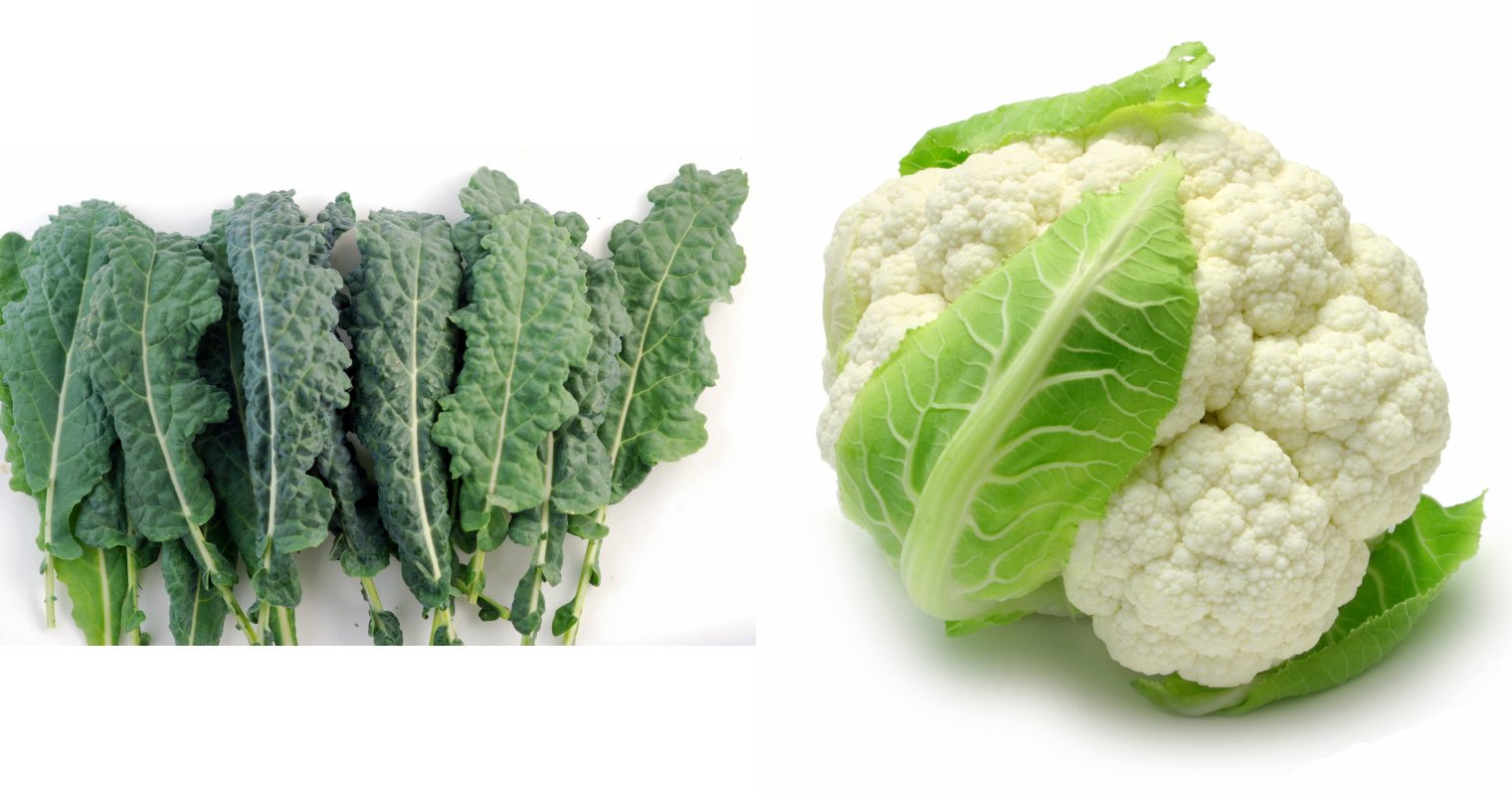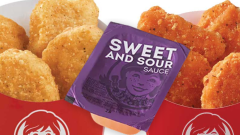Cauliflower vs. Kale: Which is the Better Superfood?


Photo: Nature and Nutrition and and Love Farm Organics
We have here an epic battle of the chic superfoods with newcomer cauliflower taking on the reigning kale. Cauliflower has risen through the vegetable ranks over the past year, but it’s time to find out if this pale vegetable can dethrone kale.
Calories (per 100 grams)
Cauliflower: 25
Kale: 49
Taste and Consistency
Cauliflower: With a taste more like a nutty cabbage and a texture unmistakably like broccoli, cauliflower can be a bit trippy on the first bite. Similarly to broccoli, it can also take on the taste of many sauces and spices, depending on how it’s prepared.
Kale: Even rubbed kale is reminiscent of that one time you were dared to eat grass in elementary school. It takes considerable effort to chew and only starts to lose its bitter aftertaste when cooked.
What’s Killing You
Both: Over-consumption of cruciferous vegetables, especially raw, can result in hyperthyroidism in those susceptible to the disease.
What’s Making You Stronger
Cauliflower: Pantothenic acid, or Vitamin B5, is significantly higher in cauliflower which helps mobilize fat and lower LDL cholesterol. While we’re in the B family, it’s important to note that cauliflower provides twice as much folate, a vitamin needed to create red blood cells.
Kale: Unparalleled in Vitamin A and K content, kale is making sure our skin stays youthful and our blood is clotting (it’s the little things). Its high calcium content does wonders for your bones and the antioxidants in these leafy greens may prevent certain cancers.
Versatility
Cauliflower: Bake them, mash them, make dough out of them, use them as rice substitutes — cauliflower florets are proving to be the all-star chameleons of the brassica world. Their subtle taste lends them to a wide variety of uses.
Kale: Often used in salads, juices, soups, and casseroles, kale has also found itself used in innovative ways such as the notorious kale chip. The texture, however, often mars kale’s ability to adapt to different recipes.
Winner: Cauliflower
Though it’s not as nutrient-dense as its cousin, it’s far easier to work more cauliflower into your meals. With a gentler flavor, it appeals to a considerably wider population. Kale may be a bit stronger on the antioxidant front, but cauliflower’s effect on cholesterol makes it much more diet-friendly. Don’t be afraid to mix the two. After all, it’s all in the family.






















